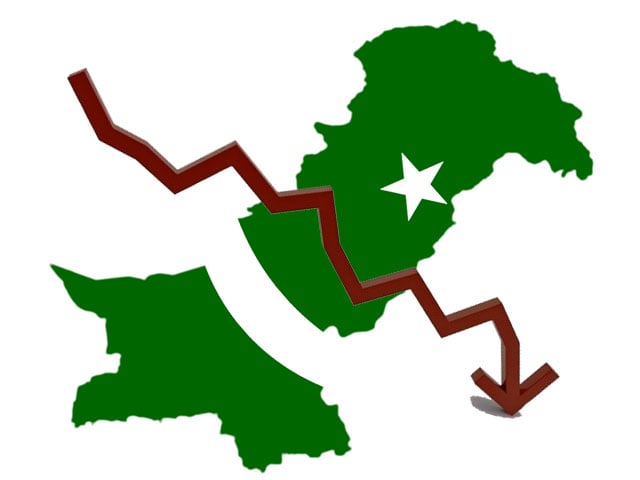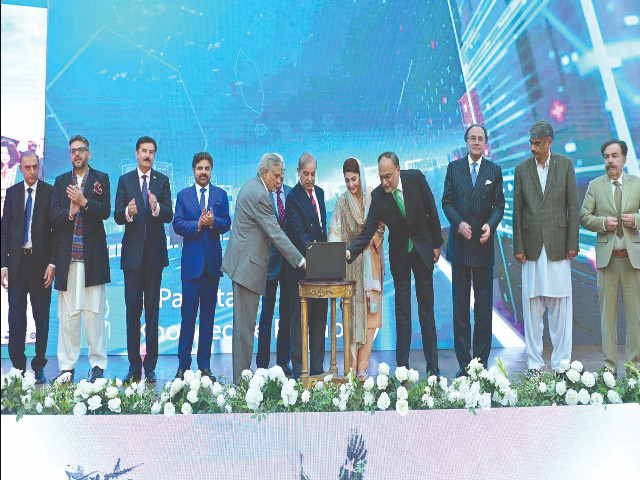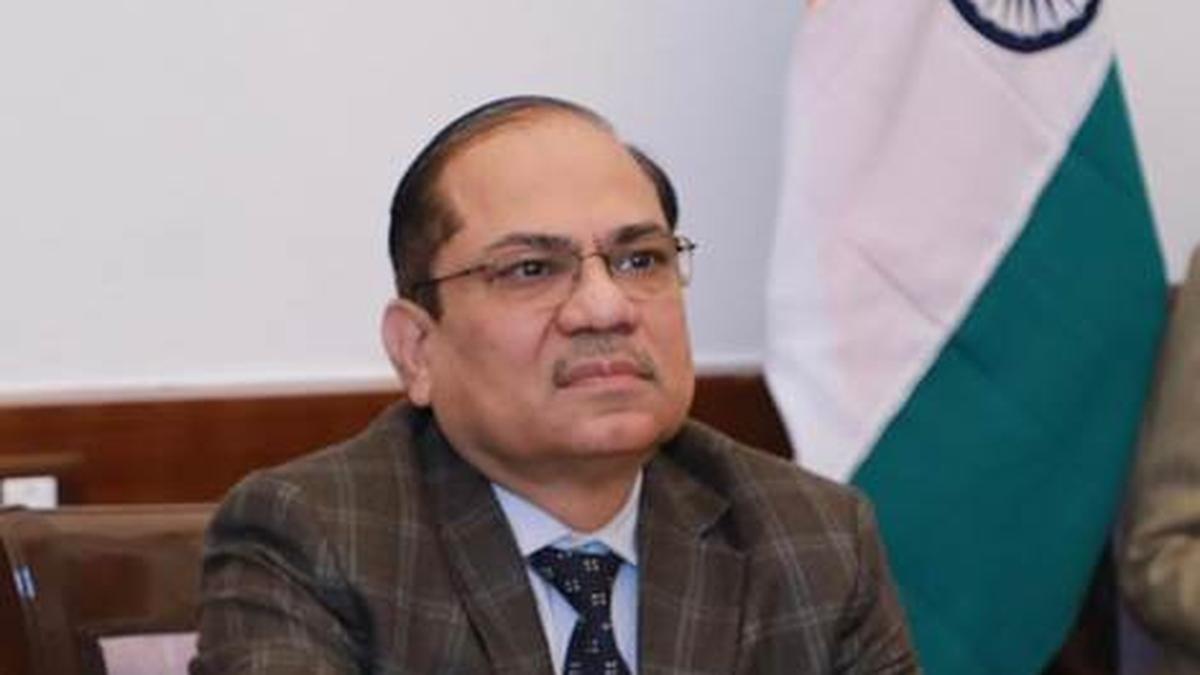R. Nandini, Chairperson, CII, Southern Region says announcements in the 2025 Budget embody the government’s vision of empowering the economy, creating jobs, and driving sustainable growth
| Photo Credit: The Hindu
Today’s Budget, announced by Union Finance Minister Nirmala Sitharaman, has received an overwhelmingly positive response from across the nation. Presenting her eighth consecutive Budget, the Finance Minister introduced a series of transformative initiatives that are a significant step towards fostering economic growth, job creation, and inclusivity, reflecting the government’s commitment to building a resilient and dynamic industrial ecosystem.
The Economic Survey presented in the Parliament on January 31 noted that the government’s focus is on empowering citizens through education, healthcare, skill development, and social infrastructure development. All these aspects have seen significant progress. Further enhancements are still possible by improving delivery systems through innovation and technology.
It also said that to fully capitalise on the demographic dividend, it is well-recognised that creating quality jobs that offer sustainable livelihoods is crucial. By prioritising reskilling, upskilling, and new-skilling, the government aims to align the workforce with global demands, enhancing both domestic and international employability.
The Union Budget has 10 broad focus areas, including inclusive growth path, enabling employment-led development and investing in people, economy and innovation.
In line with these, the Bharatiya Bhasha Pustak Scheme announced in the Budget will digitise Indian language books for education, and five National Centres of Excellence for Skilling, developed with global expertise, will support workforce development. Furthermore, a Centre of Excellence in Artificial Intelligence for Education, with an outlay of ₹500 crore, will bolster India’s technological landscape.
Medical education will see a major boost with 10,000 additional seats, targeting a total of 75,000 new seats over the next five years. Day Care Cancer Centres will be established in all district hospitals, improving access to critical cancer treatment. In addition, the government has expanded the list of custom-duty exempted medicines, including 36 life-saving drugs, along with new medicines for rare diseases, cancer, and chronic illnesses.
To give a thrust to research programmes, in the next five years, the government will provide 10,000 fellowships for technological research at IITs and the IISc with enhanced financial support under the PM Research Fellowship Scheme.
The government also unveiled several social development initiatives. Saksham Anganwadi and Poshan 2.0 will strengthen child nutrition, while Atal Tinkering Labs will see 50,000 labs set up in government schools within five years. In rural areas, broadband connectivity will reach all government secondary schools and primary health centres, fostering equitable growth across the nation.
In a move to encourage women entrepreneurship, a new scheme targeting first-time entrepreneurs, especially women and individuals from Scheduled Castes and Scheduled Tribes, will offer term loans up to ₹2 crore to five lakh new business owners over the next five years. This initiative aligns with the nation’s ambition of achieving Viksit Bharat by 2047.
These collective measures embody the government’s vision of empowering the economy, creating jobs, and driving sustainable growth, laying a strong foundation for a resilient and inclusive India by 2047.
R. Nandini is Chairperson, CII, Southern Region and Chairman, Chandra Textiles Limited
Published – February 02, 2025 12:15 am IST






